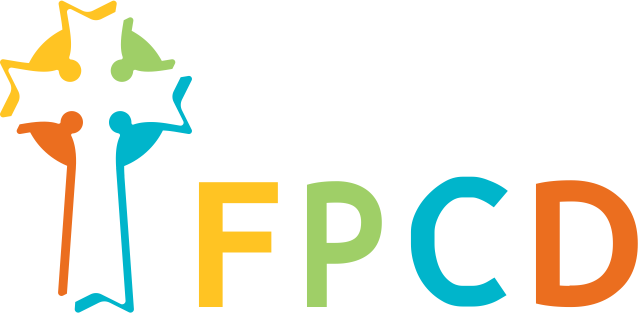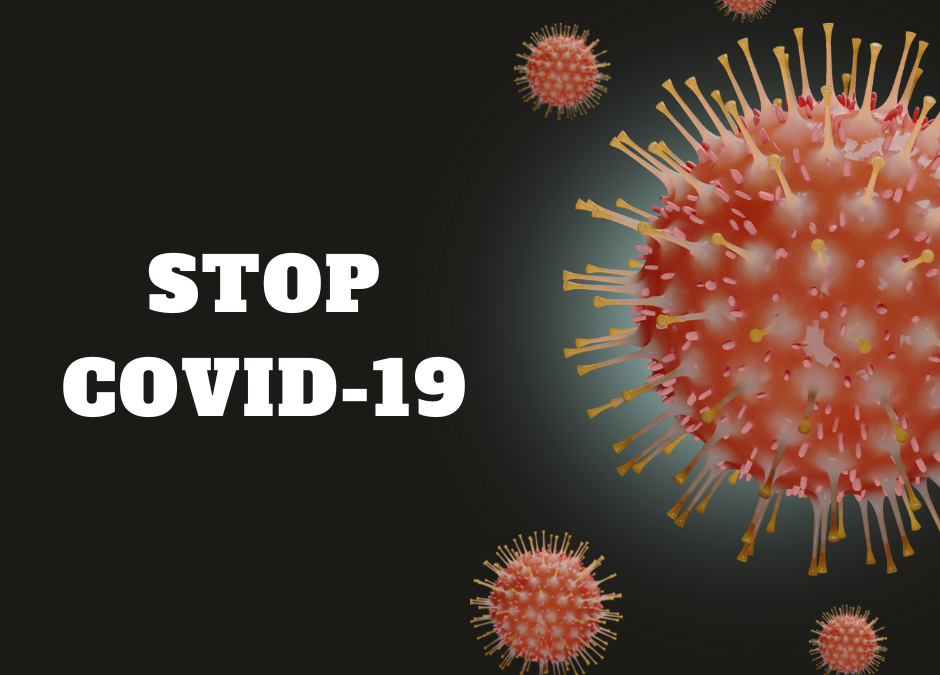New guidelines surrounding COVID protocols have been put into place, with the changes being driven by a recognition that an estimated 95% of Americans 16 and older have acquired some level of immunity, according to federal health officials, and does not take into consideration “vaccination status”.
The revised recommendations, announced recently by the Centers for Disease Control and Prevention, ease social distancing requirements and no longer require Americans to quarantine if they come into close contact with an infected person.
The altered guidance, according to CDC officials, reflects more tools are available to offer protection against severe illness from COVID, including vaccination, boosters and treatment. And, we understand that we can avoid exposure by using high-quality masks, testing as necessary, and improved ventilation.
Having said that, what should you do IF you come in close contact with someone who you later find out has COVID?
• If you were exposed to COVID-19, the Food and Drug Administration now recommends those who are asymptomatic to take 3 home tests, instead of 2, over 2-3 days, to make sure you’re not infected. If you test too early, there isn’t enough virus to reveal a + test
• People with symptoms can continue using 2 tests spaced 48-hours apart.
How long should you isolate?
If you test positive for COVID-19, the guidance states that you should STAY HOME for at least five days and isolate from others in your home. You are likely the most infectious during these first five days. “With two sequential negative tests 48 hours apart, you may remove your mask sooner than day 10,” the guidance states, adding that if your antigen test results are positive, “you may still be infectious.”
When you end isolation, you should still avoid being around people who are most at- risk until at least day 11, and WEAR A MASK.
**If your symptoms worsen or return AFTER you end isolation, you’ll need to restart your isolation at day 0, per the guidelines. Even if you have used an antiviral for Covid-19.
How do you calculate isolation time?
The CDC states that isolation for those who have COVID is counted in days, but it depends on if you are exhibiting systems or not.
If you have no symptoms:
•Day 0 is the day you were tested (not the day you received your positive test result)
•Day 1 is the first full day following the day you were tested
• If you develop symptoms within 10 days of when you were tested, the clock restarts at day 0 on the day of symptom onset
If you have symptoms:
•Day 0 of isolation is the day of symptom onset, regardless of when you tested positive
•Day 1 is the first full day after the day your symptoms started
What does isolation include?
•Wear a high-quality mask if you must be around others at home and in public
•Do not go places where you are unable to wear a mask
•Do not travel
•Stay home and separate from others as much as possible
•Use a separate bathroom, if possible
•Take steps to improve ventilation at home, if possible
•Don’t share personal household items, like cups, towels, and utensil
•Monitor your symptoms. If you have an emergency warning sign (like trouble breathing), SEEK EMERGENYCY MEDICAL CARE IMMEDIATELY!
What do you need to do to end isolation?
If you had no symptoms, you can end isolation after day 5, according to the CDC.
If you had symptoms, however, you can only end isolation after day 5 if:
•You are fever-free for 24 hours (without the use of fever-reducing medication)
•Your symptoms are improving
If you still have fever or your other symptoms have not improved, continue to isolate until they improve, the guidelines state.
How severe your symptoms are can also play a role.
If you had moderate illness – such as shortness of breath or difficulty breathing – or severe illness, including hospitalization due to COVID-19, or if you have a weakened immune system, you’ll need to isolate through day 10.
If you had severe illness or have a weakened immune system, you’ll want to consult your doctor before ending isolation. In that case, a viral test may be necessary to get out of isolation.
It is a challenging time with the ongoing COVID-19 virus around, but I’m hoping it decreases your stress, by having the details of how to respond if you are exposed.
Blessings,
Chris Mayer, Parish Nurse
*info taken from NBC Associated Press earlier this month.


